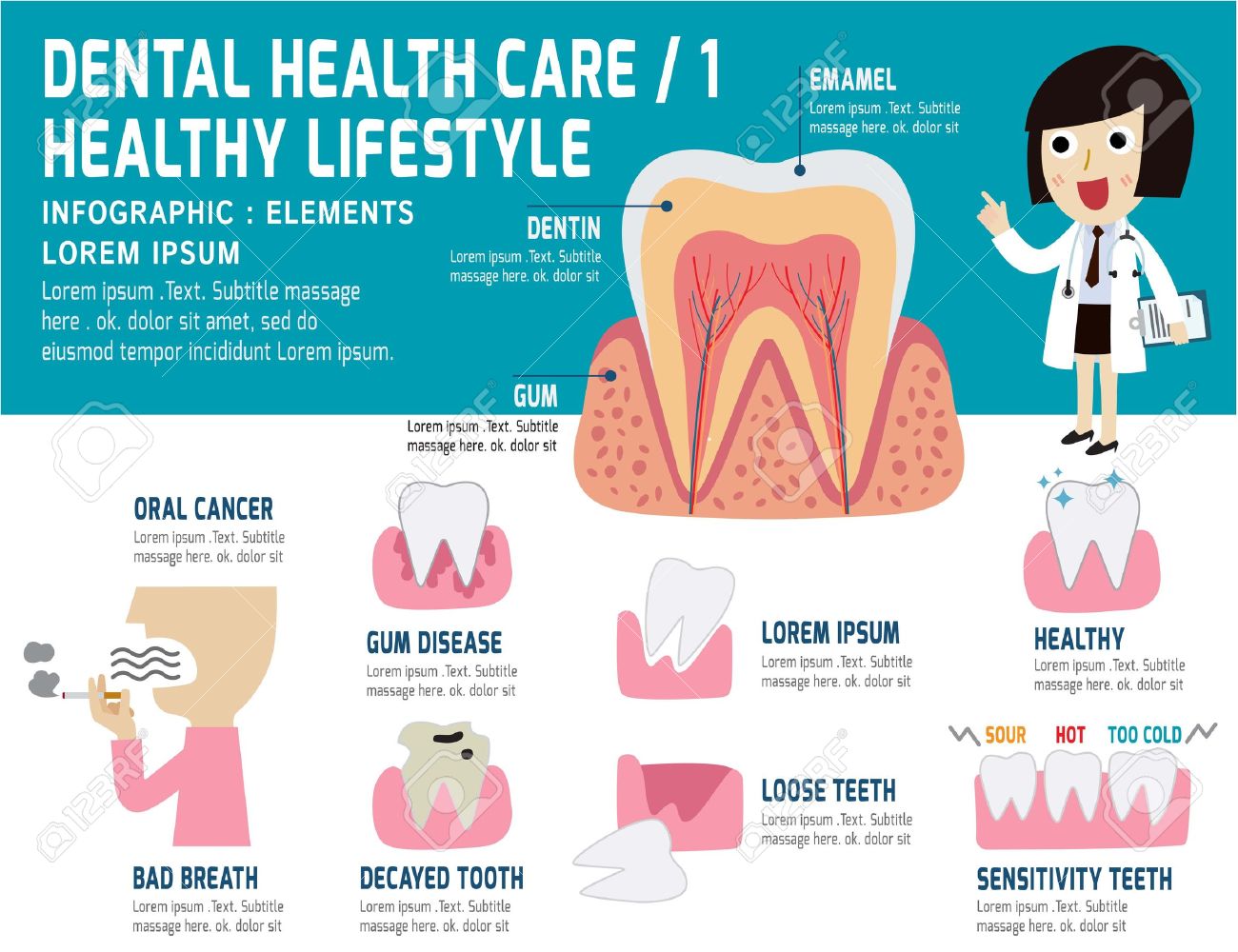The Next Era Of Dental Surgery: Advancement Innovations And Dopes Improving The Specialty
The Next Era Of Dental Surgery: Advancement Innovations And Dopes Improving The Specialty
Blog Article
Content Writer-Demir Hessellund
Welcome to the world of dental surgery, where innovations and advances are shaping the future of the area! In this interesting world, you'll witness the transformative power of robotics, the cutting-edge wonder of 3D printing, and the game-changing effect of minimally intrusive methods.
The future of dental surgery holds a promise of accuracy, effectiveness, and improved patient outcomes. With the help of advanced robotics, specialists are able to carry out complicated treatments with better precision and control.
3D printing modern technology is reinventing the development of dental implants and prosthetics, providing personalized solutions that fit effortlessly right into each person's special composition.
Furthermore, minimally intrusive strategies are minimizing post-operative discomfort and recovery time, permitting clients to go back to their day-to-days live earlier.
Get ready to discover the interesting advancements and developments that are reshaping the landscape of oral surgery!
Developments in Robotics
One major innovation in dental surgery is making use of robotic innovation, which enables specific and reliable procedures. With the help of robot systems, dental specialists have the ability to perform complicated surgeries with improved accuracy, reducing the danger of human error.
These robotic systems are geared up with sophisticated imaging innovation and accurate tools that make it possible for cosmetic surgeons to navigate via complex physiological structures with ease. By making use of robotic technology, cosmetic surgeons can attain greater medical precision, resulting in enhanced patient outcomes and faster recovery times.
Additionally, making use of robotics in dental surgery permits minimally invasive treatments, reducing the injury to bordering tissues and promoting faster healing.
3D Printing in Oral Surgery
To improve the area of dental surgery, you can check out the subtopic of 3D printing in dental surgery. This ingenious innovation has the potential to revolutionize the means oral specialists operate and treat patients. Right here are 4 essential ways in which 3D printing is shaping the area:
- ** Custom-made Surgical Guides **: 3D printing allows for the development of highly precise and patient-specific medical guides, enhancing the accuracy and effectiveness of procedures.
- ** Implant Prosthetics **: With 3D printing, oral surgeons can develop personalized dental implant prosthetics that flawlessly fit an individual's unique makeup, resulting in much better results and client fulfillment.
- ** Bone Grafting **: 3D printing enables the manufacturing of patient-specific bone grafts, decreasing the requirement for conventional grafting techniques and improving healing and healing time.
- ** https://how-much-do-dental-implan16160.blog2news.com/33606175/how-to-get-ready-for-your-dental-implant-examination-a-list and learning and Educating **: 3D printing can be made use of to produce reasonable surgical versions for academic objectives, allowing dental doctors to practice complicated treatments before executing them on people.
With its potential to enhance precision, modification, and training, 3D printing is an interesting development in the field of dental surgery.
Minimally Invasive Techniques
To even more progress the area of dental surgery, embrace the possibility of minimally intrusive strategies that can considerably profit both specialists and people alike.
Minimally intrusive techniques are revolutionizing the area by reducing surgical injury, decreasing post-operative discomfort, and speeding up the recovery process. These methods include utilizing smaller incisions and specialized tools to execute procedures with precision and efficiency.
By using innovative imaging modern technology, such as cone beam of light computed tomography (CBCT), doctors can precisely intend and implement surgical treatments with marginal invasiveness.
Additionally, using lasers in oral surgery enables exact tissue cutting and coagulation, causing reduced blood loss and minimized recovery time.
With minimally intrusive techniques, clients can experience quicker recovery, minimized scarring, and improved outcomes, making it an essential aspect of the future of oral surgery.
Verdict
So, as you can see, the future of oral surgery is incredibly promising, with interesting innovations and developments forming the field.
From the developments in robotics to the use of 3D printing and minimally invasive techniques, oral cosmetic surgeons are changing the means they offer treatment.
While https://www.cbc.ca/news/copyright/new-brunswick/moose-teeth-hunting-season-1.6190564 may worry about the potential price connected with these advancements, it's important to keep in mind that these innovations eventually improve client outcomes and lower healing time, making them well worth the investment in the long run.
